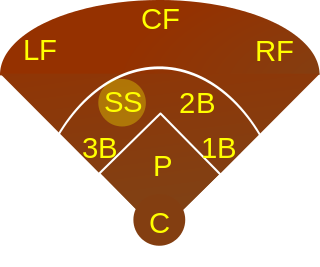
Shortstop, abbreviated SS, is the baseball or softball fielding position between second and third base, which is considered to be among the most demanding defensive positions. Historically, the position was assigned to defensive specialists who were typically poor at batting and were often placed at the bottom of the batting order. Today, shortstops are often able to hit well and many are placed at the top of the lineup. In the numbering system used by scorers to record defensive plays, the shortstop is assigned the number 6.
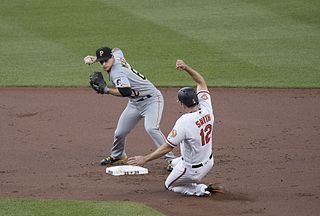
In baseball and softball, a double play is the act of making two outs during the same continuous play. Double plays can occur any time there is at least one baserunner and fewer than two outs.
In baseball, a triple play is the act of making three outs during the same play. There have only been 735 triple plays in Major League Baseball (MLB) since 1876, an average of just over five per season.
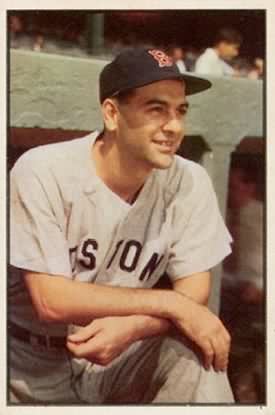
Louis Boudreau, nicknamed "Old Shufflefoot", "Handsome Lou", and "the Good Kid", was an American professional baseball player and manager. He played in Major League Baseball (MLB) for 15 seasons, primarily as a shortstop on the Cleveland Indians, and managed four teams for 15 seasons including 10 seasons as a player-manager. He was also a radio announcer for the Chicago Cubs and in college was a dual-sport athlete in baseball and basketball, earning All-American honors in basketball for the University of Illinois.
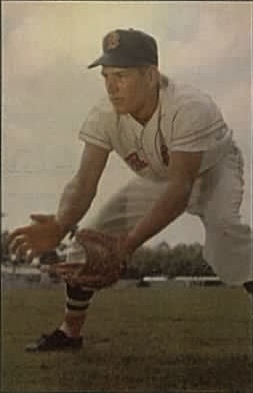
William Dale Goodman was an American Major League Baseball (MLB) infielder who played 16 seasons for the Boston Red Sox, Baltimore Orioles, Chicago White Sox, and Houston Colt .45s, from 1947 through 1962. Goodman was inducted posthumously into the Boston Red Sox Hall of Fame in November 2004.

Throughout the history of baseball, the rules have frequently changed as the game continues to evolve. A few common rules most professional leagues have in common is that four balls is a base on balls, three strikes is a strikeout, and three outs end a half-inning.

In baseball and softball, while there are nine named fielding positions, players, with the exception of the pitcher and catcher, may move around freely. The positioning for the other seven positions is very flexible, although they all have regular depths—distances from home plate, and sometimes lateral positioning. A shift means that a player is playing in a noticeably different location than the norm for his positioning. A fielder who is playing shallow or in is playing closer to home plate, while a player playing deep is playing farther from home plate than normal.
The following are the baseball events of the year 1970 throughout the world.
The following are the baseball events of the year 1971 throughout the world.
The following are the baseball events of the year 1972 throughout the world.
The following are the baseball events of the year 1969 throughout the world.
The following are the baseball events of the year 1959 throughout the world.
The following are the baseball events of the year 1957 throughout the world.
The following are the baseball events of the year 1953 throughout the world.
The following are the baseball events of the year 1951 throughout the world.
The following are the baseball events of the year 1949 throughout the world.
The following are the baseball events of the year 1948 throughout the world.
The following are the baseball events of the year 1946 throughout the world.
In baseball, a pull hitter is a batter who usually hits the ball to the side of the field from which they bat. For example, a right-handed pull hitter, who bats from the left side of the plate, will usually hit the ball to the left side of the field, termed "left field", from the batter's perspective. The opposite of pull hitting is known as "hitting to the opposite field". Hitters who rarely hit to the opposite field or "up the middle" are often described as dead pull hitters.
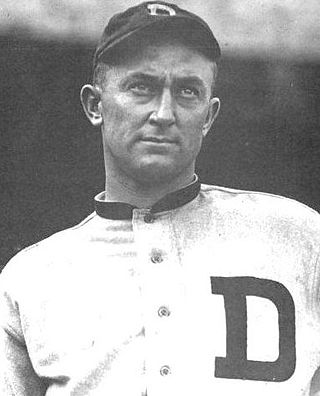
The 1915 Detroit Tigers won a club-record 100 games and narrowly lost the American League pennant to the Boston Red Sox, who won 101 games. Though four other Tigers teams have won 100 games, only the 1934 Tigers had a better winning percentage. The 1915 Detroit Tigers team is remembered for its all-star outfield of Ty Cobb, Sam Crawford, and Bobby Veach—who finished #1, #2, and #3 in the American League in both runs batted in and total bases. Baseball historian Bill James ranks the Tigers' 1915 outfield as the best in major league history.









